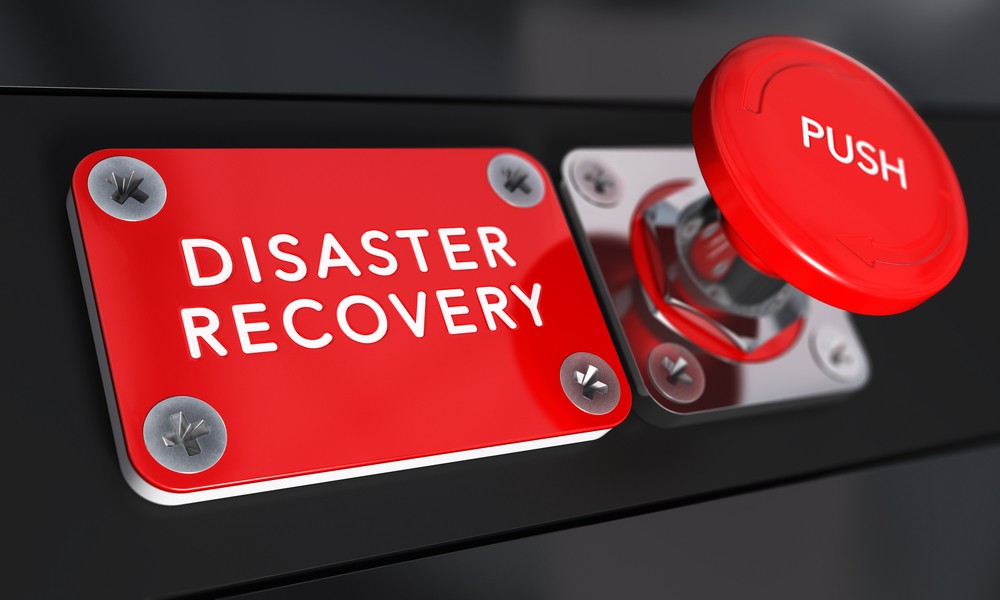In today’s always-open, 24/7/365 business climate, data is essential to success.
From files and email to smartphones and databanks, business data is widespread and exposed. This is why having a plan for when disaster strikes is more important than ever. Most companies hit by a disaster fail within two years, according to FEMA reports. However, disasters, natural or man-made, don’t have to be the end of your business. Here’s how you can be ready instead of being a statistic.
Not “If” but “When”
No one is impervious to the risk of a disaster. Think about the wildfires in the west and southeast, hurricanes moving up the East and Gulf Coast, or flooding and tornadoes in any of our 50 states. Not to mention the costly risks mundane events like power outages, computer viruses, ransomware, and human error pose. Disasters will happen. The only question is when they‘ll happen and whether you’re ready.
Disaster Recovery is More Than Backup
Disaster recovery is getting your business up and running again after a disaster. The first steps are generally data, hardware, software, and manpower. A strong disaster recovery solution includes offsite data centers, physical and virtual servers, cloud-based backup, and alternative work locations. These different solutions work together to deliver fail-safe redundancies. It’s more than a basic file backup, disaster recovery is the ability to restart critical operations.
Business Continuity Planning
While disaster recovery gets your operations functioning again, business continuity planning seeks to ensure your company will recover and survive in the long term. Disaster recovery emphasizes hardware and operations, business continuity is all about management systems, strategic choices, leadership, and an overarching survival strategy. The impact analysis helps you understand the unique risks your company faces and the best ways to prepare for them.
Keys to a Robust Recovery
Automatic data backup is the most ubiquitous element of disaster planning and recovery, but it’s only one of many needed parts. An adequate recovery solution needs planning, testing, and staff training. Employee participation is also vital to make sure your recovery happens as planned. Furthermore, disaster planning isn’t a one-time activity; it’s about being proactive to ensure your backup measures grow and evolve as your business’s risks grow and evolve.
A disaster may seem like a devastating event for your business, but it doesn’t have to mean the end of the company. If you understand the risks, create a recovery solution, and constantly test, adapt, and evolve, you can be ready when disaster strikes.




